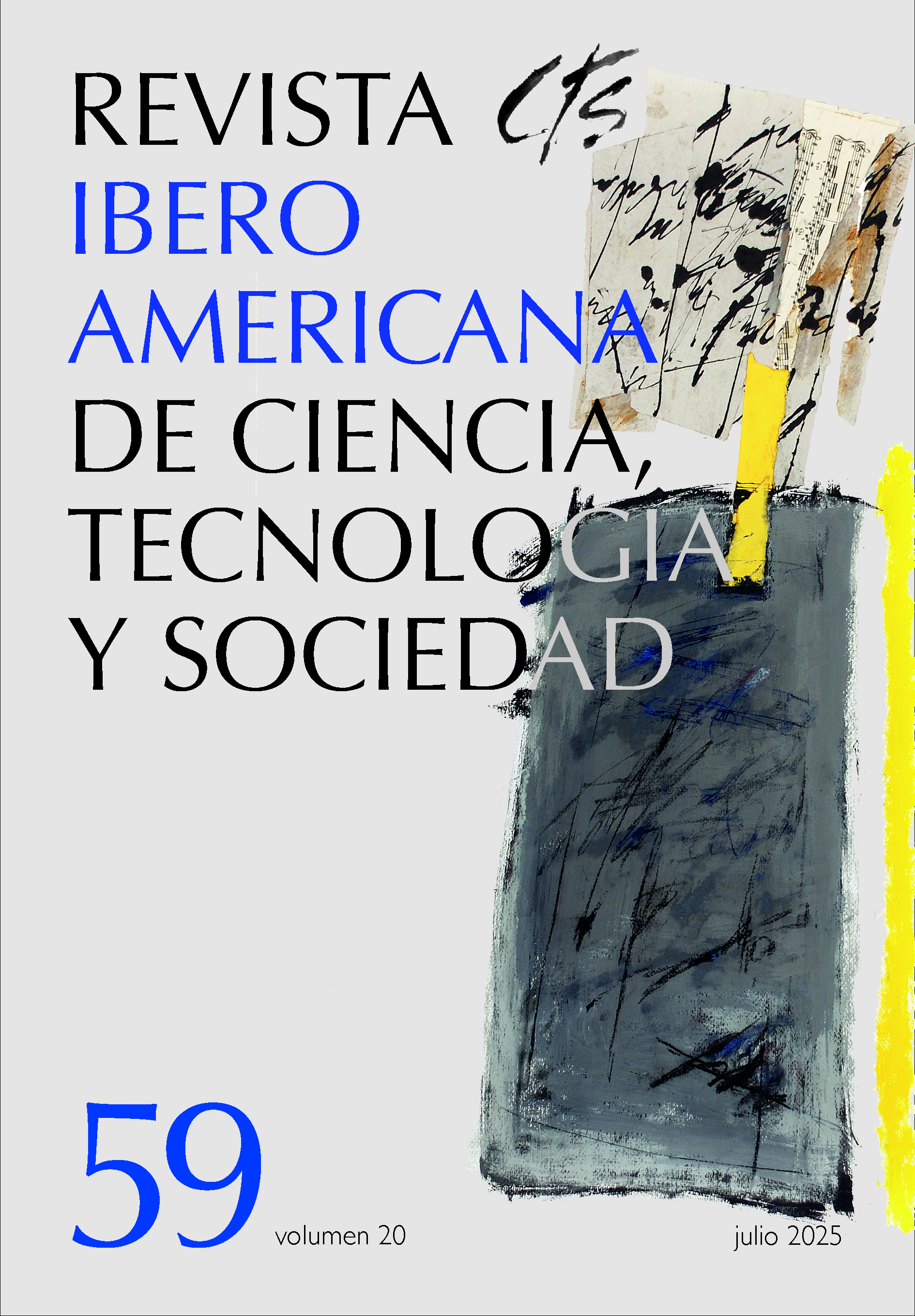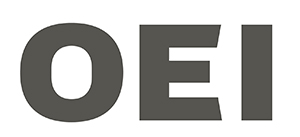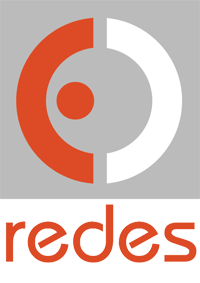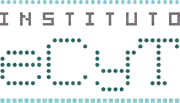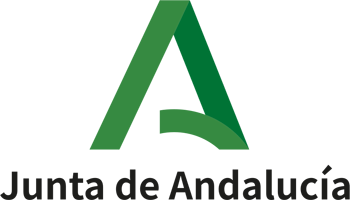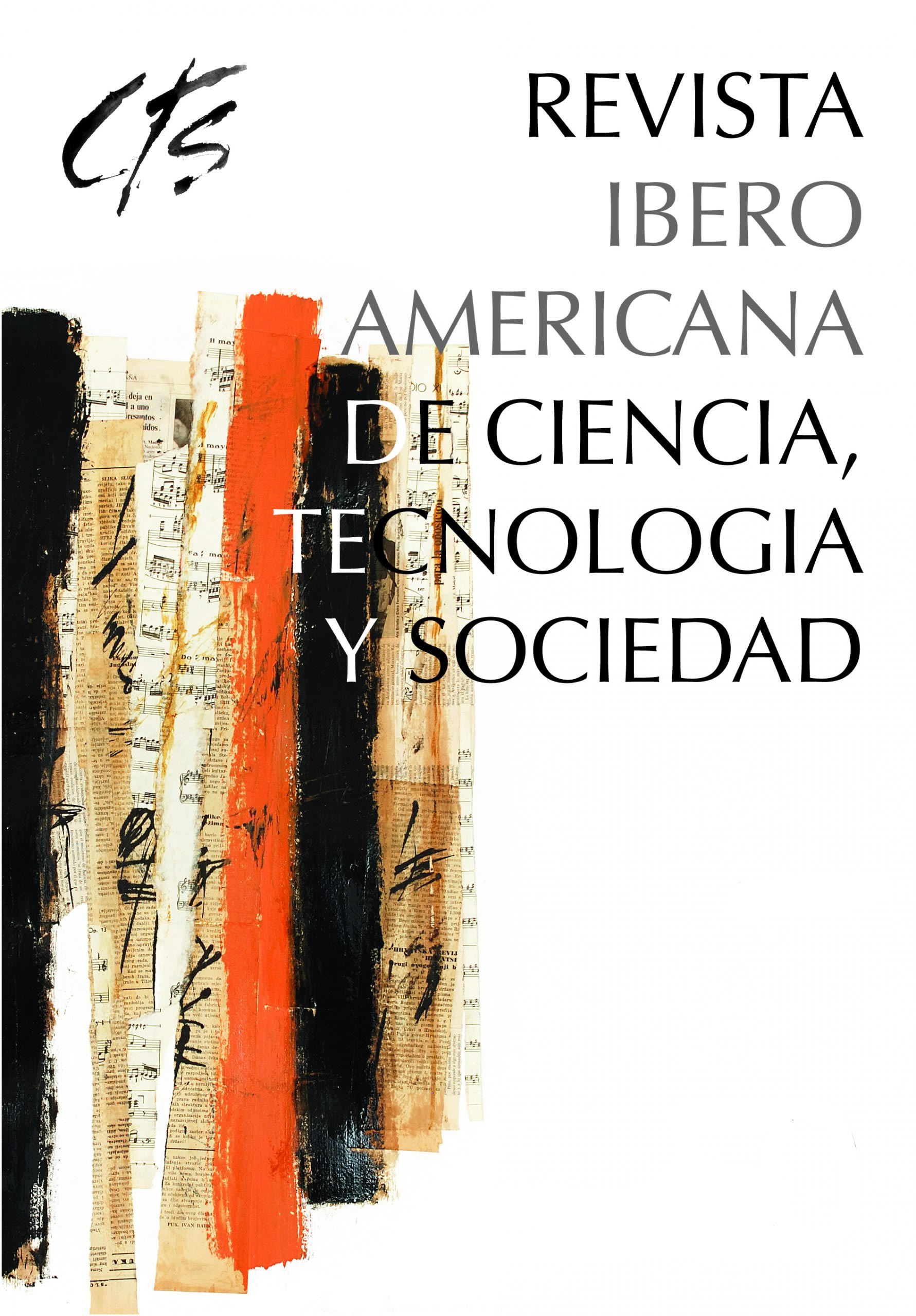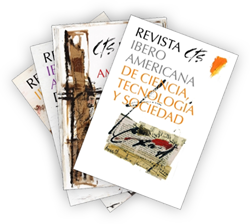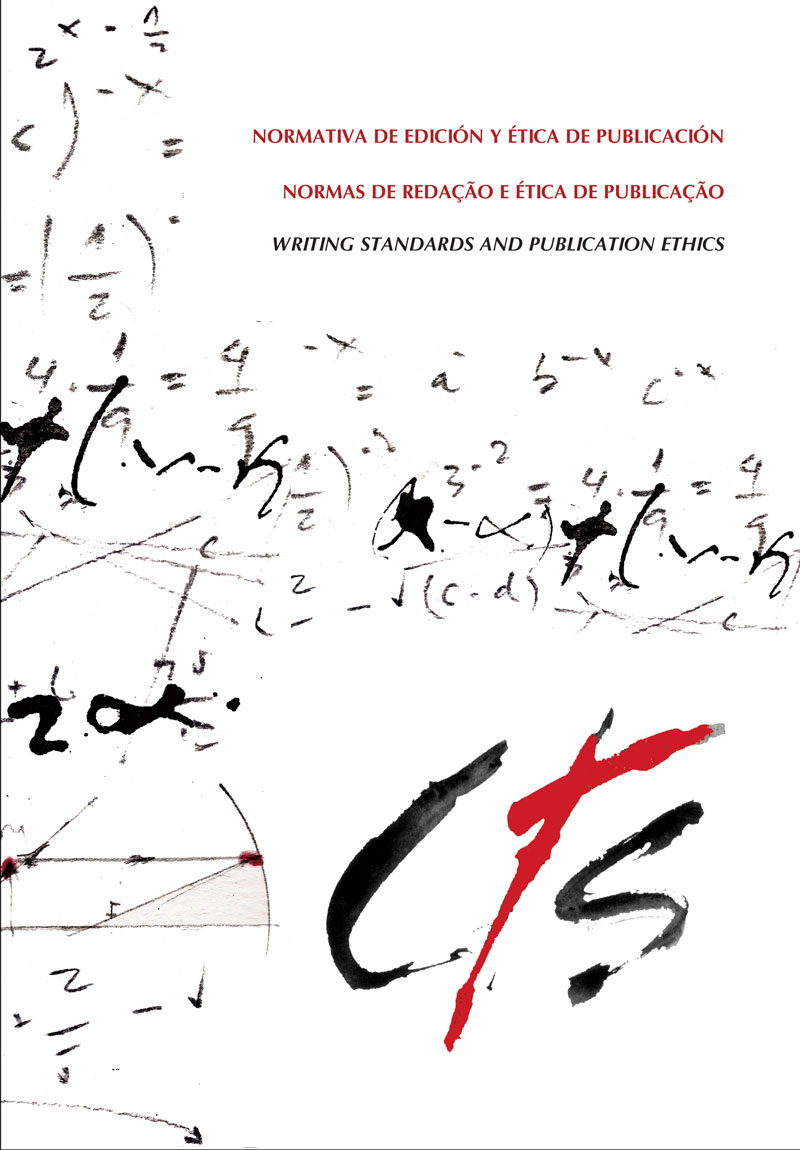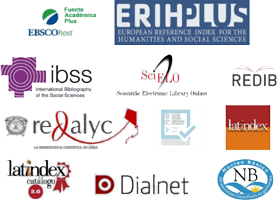Brazilian Scientists and Science Communication
A Classification Proposal
DOI:
https://doi.org/10.52712/issn.1850-0013-779Keywords:
public perception of science and technology, latent class analysis, science communication, survey, science and technology studiesAbstract
This article presents the results of a study on the perceptions and opinions of Brazilian scientists on science communication, based on data collected through a survey applied to research productivity fellows of the National Council for Scientific and Technological Development (CNPq, due to its initials in Portuguese) in 2023. Three profiles of scientists were identified, according to their perceptions and attitudes towards science communication and science policy management. There was a significant effect of gender, discipline, and age on this classification. The results reveal a diversity of perceptions about science communication, indicating that different contexts require specific approaches. Despite awareness of the importance of science communication, the model that sees it as merely transmitting knowledge to the public still predominates.
Downloads
References
Brossard, D. & Lewenstein, B. V. (2021). Uma avaliação crítica dos modelos de compreensão pública da ciência: Usando a prática para informar a teoria. Em L. Massarani & I. C. Moreira (Eds.), Pesquisa em divulgação científica: Textos escolhidos. Fiocruz/COC. Disponível em: https://www.inct-cpct.ufpa.br/wp-content/uploads/2021/04/Livro-VPEIC_pesquisa_divulgacao_cientifica_final.pdf.
Bucchi, M. (2009). Beyond technocracy: Science, politics and citizens. Springer New York. Disponível em: http://link.springer.com/10.1007/978-0-387-89522-2.
Bucchi, M. & Trench, B. (2021). Rethinking science communication as the social conversation around science. Journal of Science Communication, 20(3), Y01. DOI: https://doi.org/10.22323/2.20030401.
Burgess, M. M. (2014). From “trust us” to participatory governance: Deliberative publics and science policy. Public Understanding of Science, 23(1), 48–52. DOI: https://doi.org/10.1177/0963662512472160.
Callon, M., Lascoumes, P. & Barthe, Y. (2009). Acting in an uncertain world: An essay on technical democracy. MIT Press.
Castelfranchi, Y. & Pitrelli, N. (2007). Come si comunica la scienza? Laterza.
Centro de Gestão e Estudos Estratégicos (2019). Percepção pública da C&T no Brasil – 2019. Disponível em: https://www.cgee.org.br/documents/10195/4686075/CGEE_resumoexecutivo_Percepcao_pub_CT.pdf.
Collins, L. M. & Lanza, S. T. (2010). Latent class and latent transition analysis. Wiley.
Crettaz Von Roten, F. & Moeschler, O. (2010). Les relations entre les scientifiques et la société. Sociologie, 1(1), 45–60. DOI: https://doi.org/10.3917/socio.001.0045.
Entradas, M., Bauer, M. W., Marcinkowski, F. & Pellegrini, G. (2024). The communication function of universities: Is there a place for science communication? Minerva, 62(1), 25–47. DOI: https://doi.org/10.1007/s11024-023-09499-8.
Entradas, M., Gascoigne, T., Metcalfe, J., Medvecky, F. & Nepote, A. C. (2022). Participatory science communication for transformation. Journal of Science Communication, 21(02), E. DOI: https://doi.org/10.22323/2.21020501.
Hagenaars, J. A. & McCutcheon, A. L. (2002). Applied latent class analysis. Cambridge: Cambridge University Press.
Hilgartner, S. (1990). The dominant view of popularization: Conceptual problems, political uses. Social Studies of Science, 20(3), 519–539. DOI: https://doi.org/10.1177/030631290020003006.
House of Lords (2000). Science and technology - Third report. The Stationery Office.
Irwin, A. & Wynne, B. (1996). Misunderstanding science? The public reconstruction of science and technology. Cambridge: Cambridge University Press.
Jasanoff, S. (2011). Constitutional moments in governing science and technology. Science and Engineering Ethics, 17(4), 621–638. DOI: https://doi.org/10.1007/s11948-011-9302-2.
Kim, Y. & Chung, H. (2020). glca: An R package for multiple-group latent class analysis. Disponível em https://kim0sun.github.io/glca/.
Latour, B. (2004). Politics of nature: How to bring the sciences into democracy. Harvard University Press.
Lo, Y.-Y. (2015). Online communication beyond the scientific community: Scientists’ use of new media in Germany, Taiwan and the United States to address the public [Tese de doutorado]. Berlin: Freie Universität Berlin. Disponível em: https://d-nb.info/1102933473/34.
Loroño-Leturiondo, M. & Davies, S. R. (2018). Responsibility and science communication: Scientists’ experiences of and perspectives on public communication activities. Journal of Responsible Innovation, 5(2), 170-185. DOI: https://doi.org/10.1080/23299460.2018.1434739.
Maia, B. Á. & Massarani, L. (2017). Os cientistas e os meios de comunicação de massa: Um estudo de caso no Instituto Oswaldo Cruz. Revista Eletrônica de Comunicação, Informação e Inovação em Saúde, 11(4). Disponível em: https://www.reciis.icict.fiocruz.br/index.php/reciis/article/view/1342.
Massarani, L. & Peters, H. P. (2016). Scientists in the public sphere: Interactions of scientists and journalists in Brazil. Anais Da Academia Brasileira de Ciências, 88, 1165–1175. Disponível em: https://doi.org/10.1590/0001-3765201620150558.
Masyn, K. (2013). Latent class analysis and finite mixture modeling. In The Oxford handbook of quantitative methods (Vol. 2). Oxford University Press.
Metcalfe, J., Gascoigne, T., Medvecky, F. & Nepote, A. C. (2022). Participatory science communication for transformation. Journal of Science Communication, 21(02), E. DOI: https://doi.org/10.22323/2.21020501.
Nature (2009). Cheerleader or watchdog? Nature, 459(7250), 1033. DOI: https://doi.org/10.1038/4591033a.
Nisbet, M. C. & Scheufele, D. A. (2009). What’s next for science communication? Promising directions and lingering distractions. American Journal of Botany, 96(10), 1767–1778. DOI: https://doi.org/10.3732/ajb.0900041.
Peters, H. P., Dunwoody, S., Allgaier, J., Lo, Y.-Y. & Brossard, D. (2014). Public communication of science 2.0. EMBO Reports, 15(7), 749–753. DOI: https://doi.org/10.15252/embr.201438979.
Polino, C. & Castelfranchi, Y. (2012). The “communicative turn” in contemporary techno-science: Latin American approaches and global tendencies. Em B. Schiele, M. Claessens & S. Shi (Eds.), Science communication in the world (3–19). Springer Netherlands. DOI: https://doi.org/10.1007/978-94-007-4279-6.
Priest, S. (2013). Critical Science Literacy: What Citizens and Journalists Need to Know to Make Sense of Science. Bulletin of Science, Technology & Society, 33(5–6), 138–145. DOI: https://doi.org/10.1177/0270467614529707.
Trench, B. (2008). Towards an analytical framework of science communication models. Em. D. Cheng (Ed.), Communicating science in social contexts: New models, new practices (71–92). Springer. DOI: https://doi.org/10.1007/978-1-4020-8597-0_4.
Vermunt, J. K. (2010). Latent class modeling with covariates: Two improved three-step approaches. Political Analysis, 18(4), 450–469. DOI: https://doi.org/10.1093/pan/mpq025.
Vermunt, J. K. & Magidson, J. (2004). Latent class analysis. Em M. S. Lewis-Beck, A. Bryman, & T. F. Liao (Eds.), The SAGE encyclopedia of social science research methods (549–553). SAGE Publications.
Weller, B. E., Bowen, N. K. & Faubert, S. J. (2020). Latent class analysis: A guide to best practice. Journal of Black Psychology, 46(4), 287–311. DOI: https://doi.org/10.1177/0095798420930932.
Wickham, H. (2014). Tidy data. Journal of Statistical Software, 59, 1–23. DOI: https://doi.org/10.18637/jss.v059.i10.
Wynne, B. E. (2004). May the sheep safely graze? A reflexive view of the expert-lay knowledge divide. Em S. Lash, B. Szerszynski & B. Wynne (Eds.), Risk, environment and modernity: Towards a new ecology. Sage.
Yang, Z. (2021). Citizen science communicators, boundary-work and scientific authority: Struggle for discourse authority between scientists and the public in the digital media environment of China [Tese de doutorado]. Sheffield: University of Sheffield. Disponível em: https://etheses.whiterose.ac.uk/29063/.
Downloads
Published
How to Cite
Issue
Section
License
Copyright (c) 2024 CC Attribution 4.0

This work is licensed under a Creative Commons Attribution 4.0 International License.
All CTS's issues and academic articles are under a CC-BY license.
Since 2007, CTS has provided open and free access to all its contents, including the complete archive of its quarterly edition and the different products presented in its electronic platform. This decision is based on the belief that offering free access to published materials helps to build a greater and better exchange of knowledge.
In turn, for the quarterly edition, CTS allows institutional and thematic repositories, as well as personal web pages, to self-archive articles in their post-print or editorial version, immediately after the publication of the final version of each issue and under the condition that a link to the original source will be incorporated into the self-archive.
